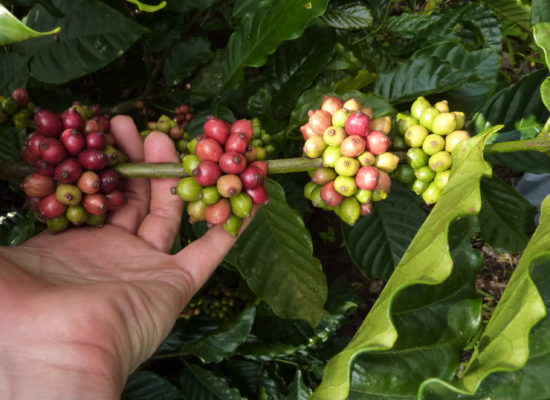Replanting 120,000 hectares of coffee in Vietnam


A major rejuvenation project (VnSAT) in Vietnam aims to replant 90,000 hectares and transplant 30,000 hectares of coffee farms in the Central Highlands with new hybrids between 2014 and 2020. The project concentrates on five provinces:
The project is so large that there are many challenges, the largest being technology, capital and production management. Replantation is expensive: it is often difficult for farmers to get access to capital, farmers lose income while waiting for new plants to flower and newly planted coffee trees often die.
However, this did not deter the Ministry of Agriculture and Rural Development (MARD). They have worked with World Bank to set up the project, and co-operated with the National Bank of Vietnam and research institutes to issue loan policies, offer technological support and secure new varieties for coffee replantation.
Some of the coffee varieties considered for the replanting. © Ministry of Agriculture and Rural Development, Vietnam
So far results are promising. For example, the Vietnam National Corporation, which has been a pioneer in rejuvenation has already replanted and transplanted almost half of the 10,000ha which needed rejuvenation. The quality of the plots is good, giving yields of 2 tons per hectare after 2-3 years, with a yield of 4-4.5 tons per hectare when the plots are fully established.
Lam Dong province, 2010-2016:
Daklak province, 2011-2016:
Dak Nong province, 2013-2016:
Gia Lai Province, 2013-2016:
40,000ha remain to be replanted by 2020, which is a realistic target given that the average replantation since 2014 has been over 10,000ha per year.
The success of the project has relied upon close cooperation and a shared vision at the commune, district and province levels. This included conducting technical trainings (and trainer trainings to cascade knowledge), improving credit access and working to make sure that new coffee varieties were suitable and high quality.
Furthermore, some areas where coffee is currently grown are unsuitable for coffee cultivation (due to poor irrigation, thin soil or sloping terrain). These areas are encouraged to switch to other crops, because in the long-term it is unviable to grow coffee on this land.
This article is based on a presentation by Mr Duc-Tái from the Crop and Production Department of the Vietnamese Ministry of Agriculture and Rural Development.